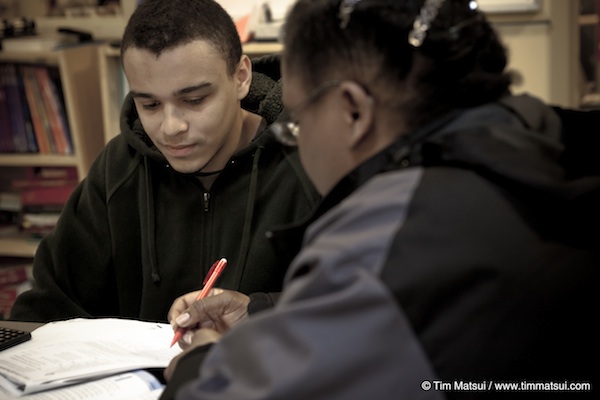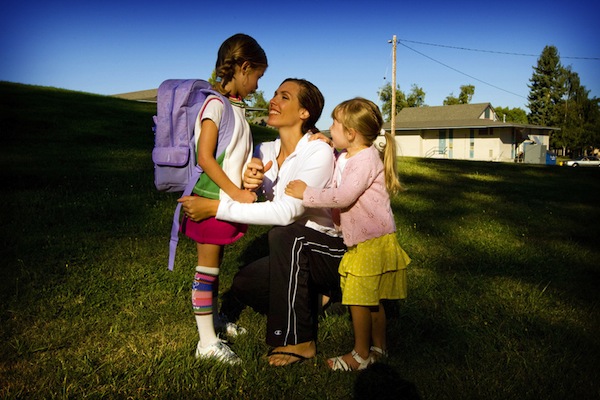Youth Homelessness
Back to School: “No One Would Have Known I Was Homeless”
Back to School: Flexible Diploma and GED Programs Open Doors for Homeless Youth
A YouthCare client works toward his GED. High school completion and GED programs designed for homeless youth must focus on individual students' needs and goals. Photo courtesy YouthCare.
27,390. We've been sharing that number a lot this week because it's how many students in Washington state have been identified as homeless. What that number doesn't include is the thousands of young people who have left the school system because of homelessness. If they never find their way back to school, they are likely to become trapped in the cycle of poverty and homelessness. Melinda Giovengo, YouthCare's executive director, writes today's guest post about how flexible high school completion and GED programs can help homeless young people find a path to post-secondary education and successful careers.
Back to School: “How It Really Was”
Back to School: Homeless Students Have Rights
Thousands of parents across the state are sending children back to school this week. One in 38 of those students are homeless.
Over the next several days, as young people across the state settle into their classrooms, we’re exploring the issue of student homelessness. In Washington state, more than 27,000 students are homeless. Some live in cars; others couch-surf or sleep in motels or shelters. Fortunately, all homeless students have rights under a federal law called the McKinney-Vento Homeless Education Assistance Act. Today we'll share the story of a teenager whose family lost their home, and list resources for helping homeless students exercise their rights.

